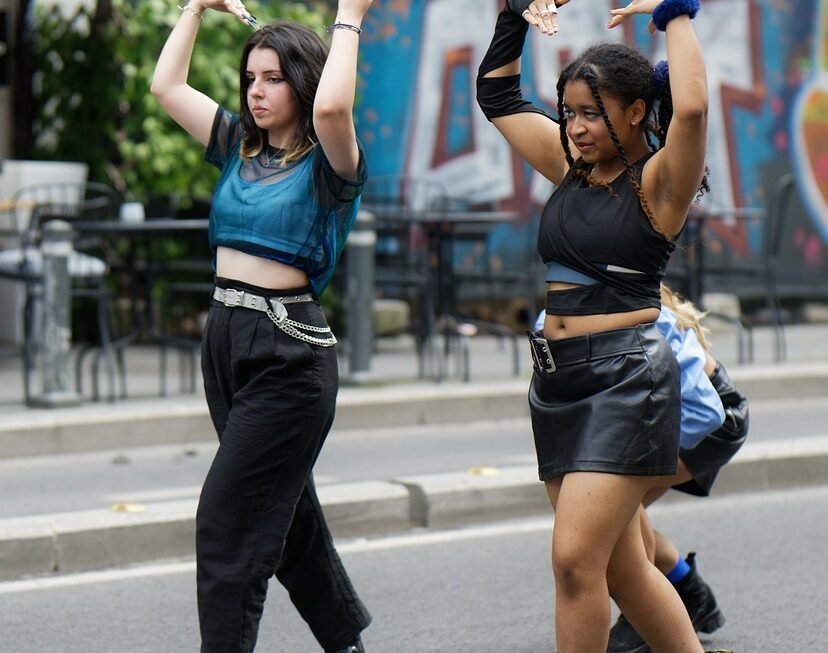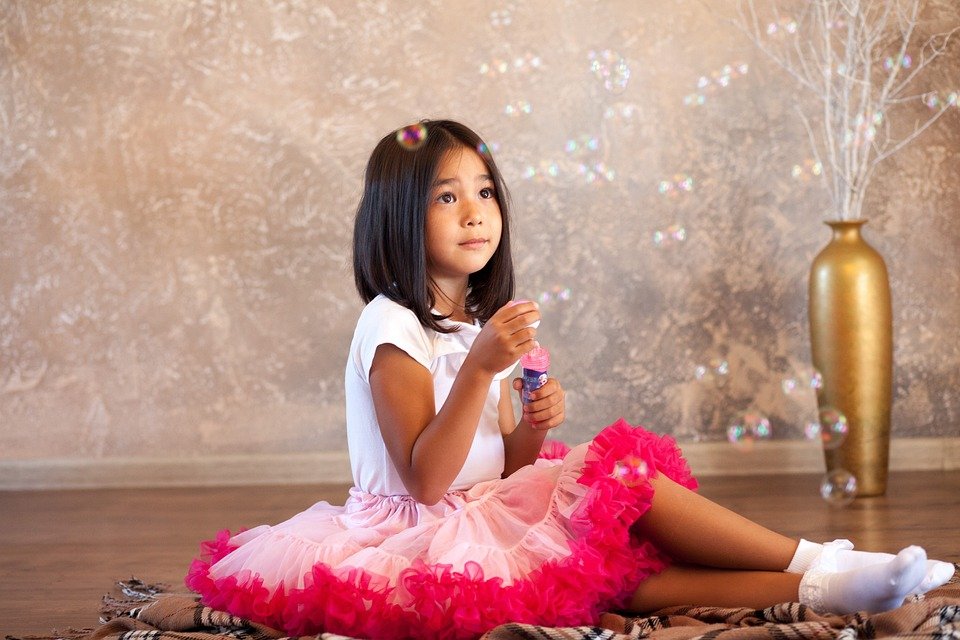The performing arts have long been a form of creative expression and entertainment that brings people together from all walks of life. In recent years, however, the industry has begun to push the boundaries of diversity and inclusion, allowing for a wider range of voices and experiences to be heard and represented on the stage.
Historically, the performing arts have been dominated by a homogenous group of individuals, often leaving minorities and marginalized communities out of the spotlight. This lack of representation not only limited the scope of stories being told, but also reinforced harmful stereotypes and biases within the industry.
However, in recent years, there has been a noticeable shift towards greater diversity and inclusion within the performing arts. This has been driven by a growing awareness of the importance of representation and the realization that diverse perspectives can enrich and expand the creative landscape of the industry.
One of the key ways in which diversity and inclusion are shaping the performing arts is through the casting of actors from a wide range of backgrounds. This means providing opportunities for individuals of different races, ethnicities, genders, sexual orientations, and abilities to showcase their talents on stage. It also means actively seeking out and promoting the work of playwrights, directors, and designers who come from diverse backgrounds.
This commitment to diversity and inclusion has led to a greater variety of stories being told on stage, many of which explore issues of identity, belonging, and social justice. These stories not only resonate with audiences who see themselves reflected in the characters and themes, but also challenge and broaden the perspectives of those who may not have encountered such experiences before.
In addition to casting and storytelling, diversity and inclusion initiatives in the performing arts also extend to behind-the-scenes positions, such as producers, managers, and technicians. By ensuring that people from all backgrounds have a seat at the table, the industry can better reflect the rich tapestry of society and foster a culture of collaboration and innovation.
Overall, the push for diversity and inclusion in the performing arts is helping to break down barriers and create a more inclusive and equitable industry. By amplifying marginalized voices and celebrating the unique talents and perspectives of individuals from all walks of life, the performing arts are becoming a more vibrant and dynamic space that truly reflects the diversity of the world we live in. Through these efforts, the industry is not only shaping the future of the performing arts, but also contributing to a more inclusive and just society as a whole.




